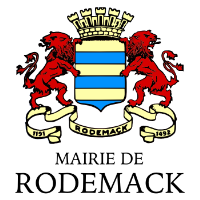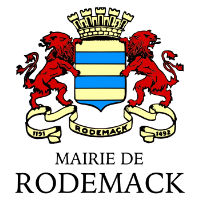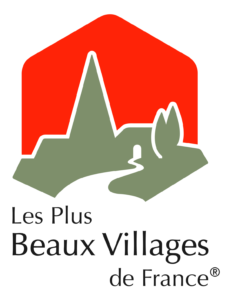
Les tanneries de Rodemack
Une promenade le long du ruisseau le Faulbach nous rappelle que la tannerie était une activité bien implantée à Rodemack, au point qu’en 1790, lors du terrible incendie qui ravagea le village, il existait cinq tanneries. Le village offrait en effet toutes les conditions matérielles nécessaires pour le travail des tanneurs : eau pour le lavage des peaux, arbres, en particulier le chêne, dont l’écorce était réduite en poudre dans un moulin à tan. Un tel moulin a fonctionné à Rodemack dès la première moitié du XVIII siècle. Le tannin (ou tanin) ainsi extrait était utilisé pour le tannage des peaux qu’il rendait imputrescibles. Le linguiste allemand Diefenbach nous apprend que le mot « tan » signifie chêne, « tanu » en bas-breton.
Le village comptait des tanneurs, chargés de transformer les peaux des grandes bêtes (veaux, vaches…), et des mégissiers qui travaillaient les petites peaux (agneaux, moutons, chèvres…), tout comme les chamoiseurs qui fabriquaient un type de cuir très souple utilisé notamment dans la ganterie. Dans le travail du cuir, on cite aussi le corroyeur à Rodemack, chargé des opérations par lesquelles le cuir tanné est amené à l’état de cuir fini.
Le Faulbach, ruisseau de 6 km de long qui prend sa source à Esing et se jette dans le ruisseau de Boler, est parfois qualifié de « paresseux » (de l’adjectif allemand « faul »), mais l’étymologie nous offre d’autres pistes. Selon Hiegel, « ful » signifierait putride, qui sent le soufre en moyen haut-allemand. Par ailleurs, dans la « Nouvelle revue d’onomastique » (2000) Ghislain Gaudefroy rapproche Faulbach (aussi le nom d’une ville allemande) de Foulbec, nom de plusieurs ruisseaux en Normandie. « Bec » vient du vieux norrois « bekkr », ruisseau, cours d’eau, apparenté à « bach ». En vieux danois, « fül » signifiait « chargé d’impuretés, fétide », adjectif proche du vieil anglais « ful » devenu « foul », au sens similaire.
Parlant des ruisseaux de Normandie appelés Foulbec, Gaudefroy précise qu’il est impossible de savoir « si cette appellation témoigne du caractère boueux (limoneux) du ruisseau, ou de la présence d’eaux stagnantes ». Il ajoute qu’« on ne peut écarter en Pays de Bray la présence d’eaux ferrugineuses ».
Quoi qu’il en soit, le promeneur aura plaisir à cheminer le long du ruisseau qui a donné son nom à l’annexe de Faulbach, réunie à Rodemack par le décret du 9 septembre 1811.












